When considering tile floors, the attention is often directed towards the tiles themselves: their color, pattern, and material. However, there is another crucial element that significantly impacts both the visual appeal and functionality of your tile floor: grout.
Grout is the often-overlooked substance that fills the spaces between your tiles, but it’s far from a mere afterthought. Whether you’re working on a kitchen backsplash, a bathroom renovation, or a high-traffic floor, the right grout color can make all the difference in achieving the perfect look and ensuring the longevity of your tile project. In this article, we’ll explore the world of grout, delving into its significance in tile installations and, most importantly, how to choose the best grout color for your tile floor. Keep reading to unravel the secrets of selecting the ideal grout color to complement your tile and elevate the overall aesthetics of your space.
Why does grout color matter?


Grout may seem like a small detail, but it plays a significant role in the final appearance of your tile floor. Here are some reasons why grout color matters:
Aesthetic Harmony – The grout color you choose can enhance or detract from the design and color scheme of your tiles. A contrasting grout color will make your tiles stand out, while a matching grout color creates a cohesive look.
Visual Perception– Grout color can impact the perceived size and shape of your space. For instance, light-colored grout can make a room appear more spacious, while dark grout can make it look smaller.
Durability and Maintenance – The color of your grout can also affect its durability and maintenance. Light-colored grout may show stains and dirt more easily, requiring more frequent cleaning.
Design Flexibility – Grout color provides you with an opportunity to get creative and add a pop of color or create a subtle accent in your tile design.
How to choose the right tile and grout colors?
Now that we understand the significance of grout color, let’s dive into some tips for selecting the best tile and grout color combinations:
Select a grout color that closely matches the color of your tile.
This option creates a seamless look, blending the tiles and grout together to form a cohesive design. By carefully selecting a grout color that perfectly matches your tile color, you can create an effortless look that will turn heads. This clever technique gives you the illusion of having one unified surface rather than individual tiles, adding a touch of sophistication and elegance to your space. With this attention to detail, your tiled area will exude a sense of timeless beauty and refinement that is sure to impress.
Choose a contrasting grout color for a more dramatic effect.
Enhance the visual impact of your floor by selecting a darker grout color that complements the light tiles. This smart combination not only makes your floor stand out, but also adds depth to your space. For a bolder statement, choose a grout color that contrasts with the tiles, allowing you to customize the desired level of contrast. Whether you prefer a bold or subtle effect, this design choice offers limitless possibilities for creating a truly unique and visually stunning floor..
Consider the size of your tiles when selecting a grout color.
For smaller tiles, a lighter grout color will make the space appear larger and more open. Darker grout colors can work well with larger tiles to create a defined pattern or add contrast.
10 ideas tile and grout color combinations for your home
White Subway Tile And Black Grout
The classic combination of white subway tile and black grout is a timeless choice that adds a touch of sophistication to any space. The contrasting colors create an eye-catching design that is both elegant and functional. Love white tile? Looking for what color grout to use with white tile? Here’s a tried and true look that makes a bold statement. This light tile layout and grout color combination are perfect in farmhouse shiplap bathrooms or as a kitchen backsplash that will last for years.

Gray Tile With Light Gray Grout
Gray is a remarkably versatile color that effortlessly pairs with a wide range of grout colors. For a chic and understated aesthetic, consider combining gray tiles with light gray grout. This harmonious blend not only creates a subtle contrast but also adds depth to your space without overpowering it. If you’re pondering what color grout to use with gray tile, the combination of gray grout with a gray tile color can achieve a warm and timeless look that seamlessly complements any design style. The subtle contrast between these two shades adds texture to your walls or floors, without overwhelming the space. This can be particularly advantageous in smaller bathrooms or kitchens, as it helps define individual tiles and creates an illusion of a more expansive area. For those aiming for a sophisticated combination, opting for tile grout that matches the color of your tile will provide a seamless and cohesive appearance throughout your space.
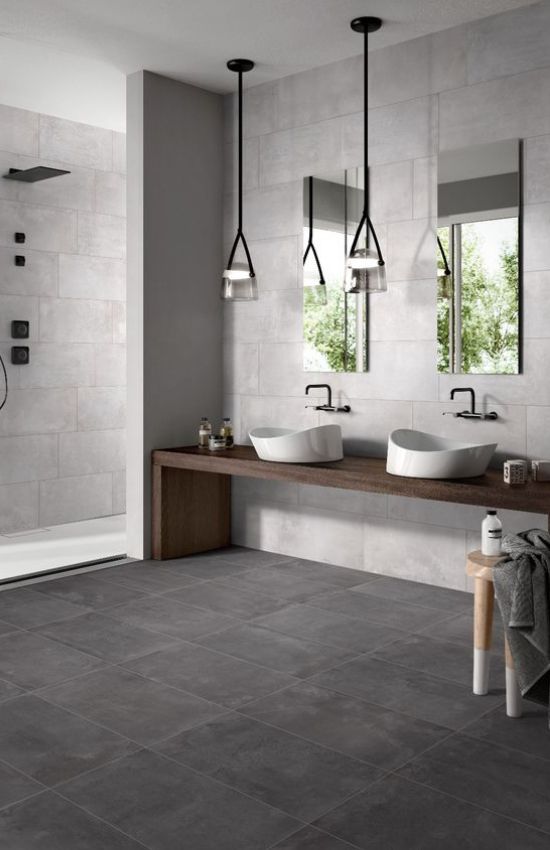
Gray Tile With White Grout
If you want to create a more dramatic effect, consider pairing gray tiles with white grout. This combination not only adds contrast but also creates a striking visual impact that will make your tiled area stand out. With this tile and grout color combination, you can achieve an elegant, yet modern look that is perfect for bathrooms or kitchens. The lighter grout color allows individual tiles to pop, adding depth and dimension to your space. This combination works well with both light and dark gray tiles, giving you the freedom to personalize your design.
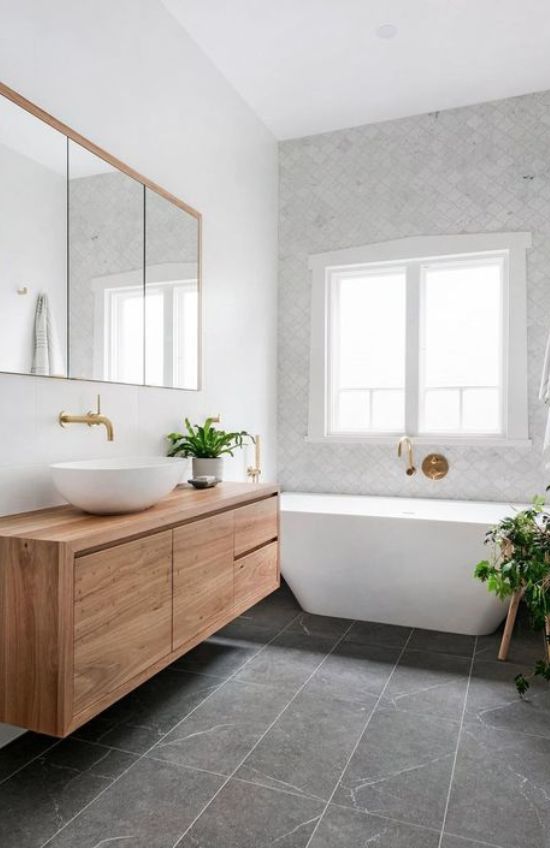
Beige tile with white grout
For a cozy and inviting atmosphere, consider pairing beige tiles with white grout. This combination creates a warm and welcoming look that adds character to any room. Beige tile with white grout is perfect for creating an elegant and timeless design that will never go out of style. The light grout color helps to highlight the individual tiles, making them stand out while complementing the overall color scheme. This combination works well in both traditional and contemporary spaces.
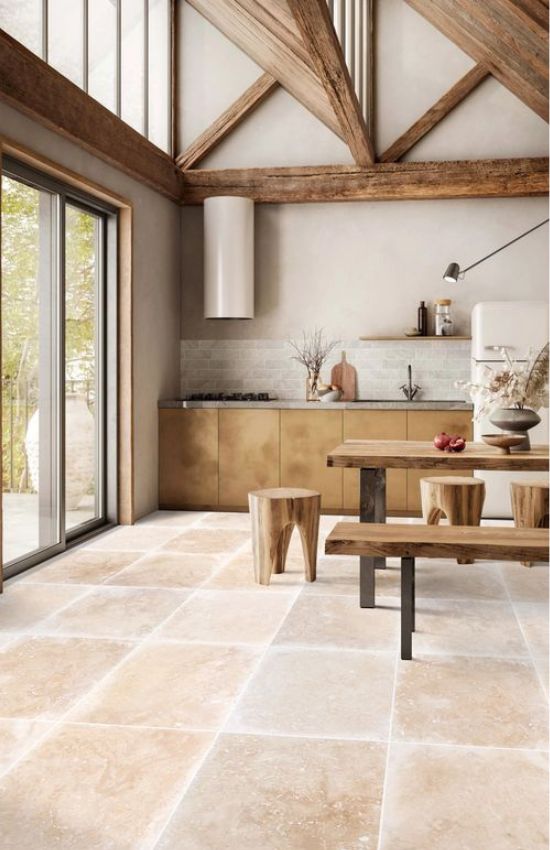
White Subway Tiles With White Grout
For a seamless and cohesive look, consider using white grout with white subway tiles. This classic combination is perfect for creating a clean, minimalist design that exudes elegance and simplicity. The light-colored grout blends perfectly with the white tiles, allowing you to achieve a timeless yet modern aesthetic.
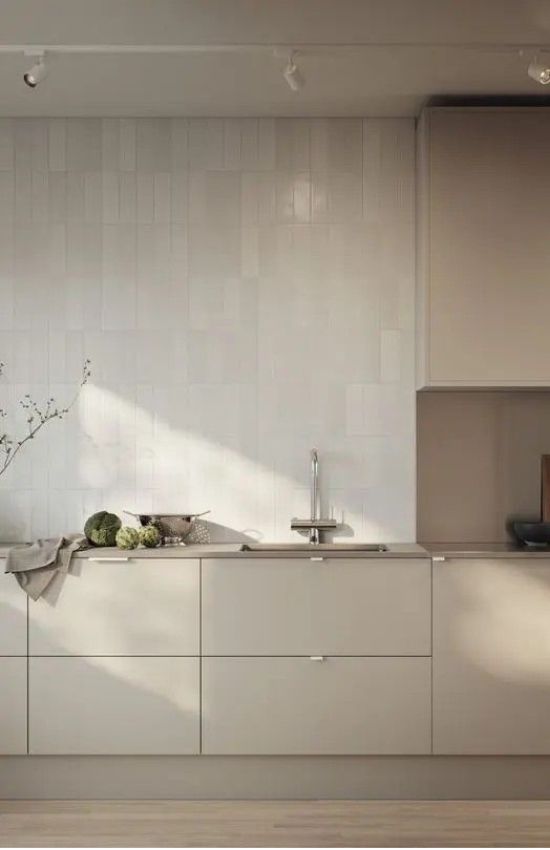
Gray Grout Marble Tile
Marble tiles are a popular choice for their natural beauty and timeless appeal. To further enhance the luxurious look of marble, consider pairing it with gray grout. This combination not only adds contrast but also highlights the unique veining in the marble. The dark grout lines create a striking effect that makes your marble tiles stand out even more.
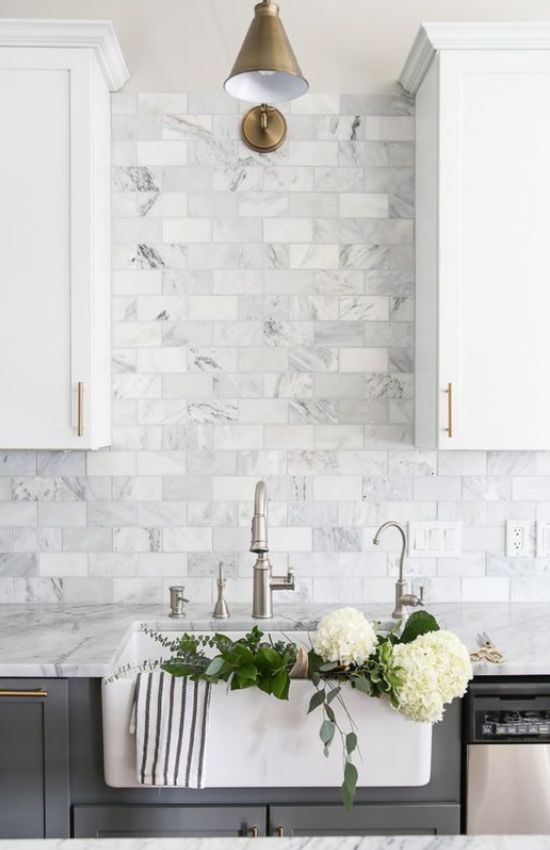
Black Tile With Light Gray Grout
For a bold and edgy look, consider pairing black tiles with light gray grout. This combination creates a modern and sophisticated design that is perfect for adding drama to your space. The light grout color adds contrast to the dark tiles, making them stand out even more. For those looking to make a statement, this tile and grout color combination is sure to turn heads.
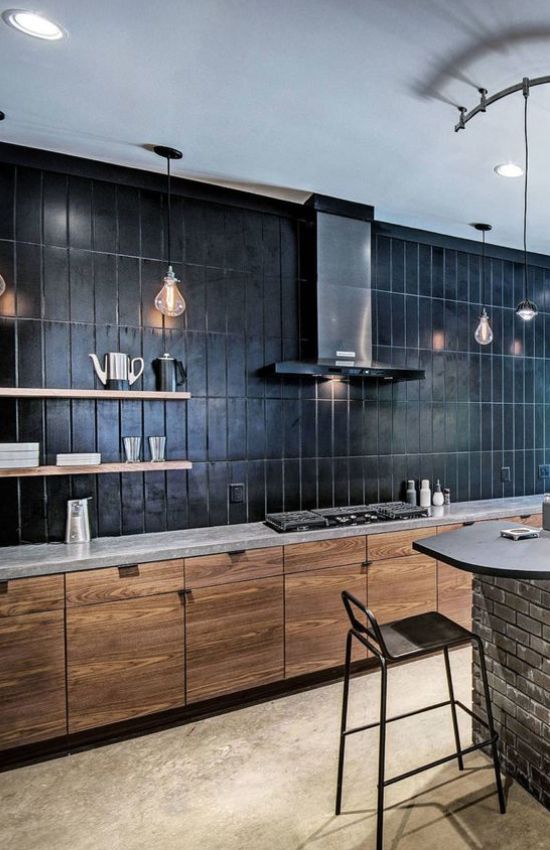
Black Tile With Charcoal Grout
For a more subtle variation, consider using charcoal grout instead of light gray with black tiles. This dark and moody combination adds depth to your space and creates a cohesive look that is perfect for modern and industrial designs. The deep grout color helps define the individual tiles while adding texture and interest to your floors or walls.
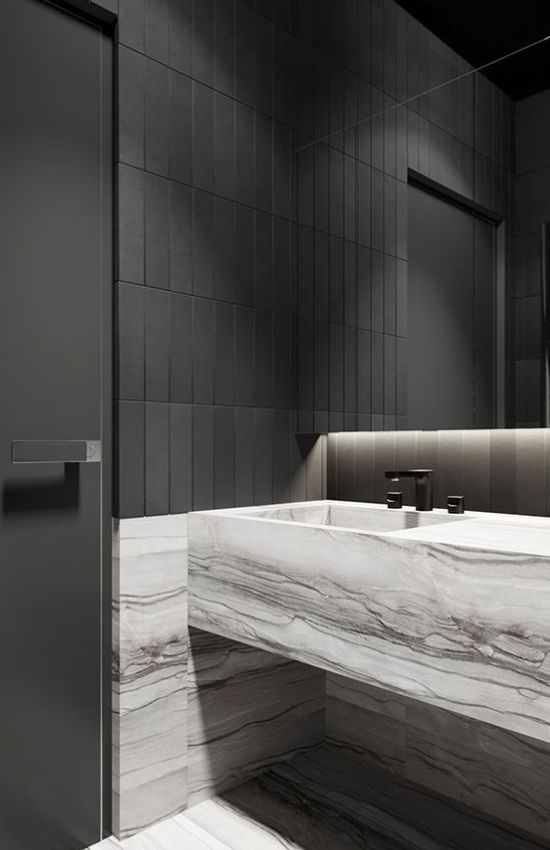
Blue Tile With Light Gray Grout
If you’re looking to add a pop of color to your space, consider pairing blue tiles with light gray grout. This combination creates a stunning visual effect that adds personality and character to any room. The cool tones of the blue tile are complemented by the neutral tone of the light gray grout, resulting in a harmonious and balanced design.

Gray Subway Tile With Neutral or Beige Grout
For a subtle and sophisticated look, consider pairing gray subway tiles with neutral or beige grout. This combination creates a soft and understated design that is perfect for creating a calm and serene atmosphere. The neutral tones of the grout allow the individual tiles to shine while adding texture and depth to your space.

Should Grout Be Lighter Or Darker Than Tile?
When deciding on a grout color for your tile project, one of the most common questions is whether the grout should be lighter or darker than the tile. The answer depends on personal preference and the desired outcome. Lighter grout colors tend to create a more subtle and cohesive look, while darker grout colors can add contrast and make a bold statement.
If you want to showcase the individual tiles and create a cohesive look, consider using grout that matches or is slightly lighter than your tile. This will help create a seamless appearance and allow the texture and design of the tile to be the focal point. On the other hand, if you want to add contrast and make your tiles stand out, consider using darker grout. This can be especially effective with white or light-colored tiles, as the dark grout lines will make them pop and add depth to your design.
Grout is essential in tile installations, holding everything together for a neat, seamless look. With diverse colors and design possibilities, finding the perfect grout color is key. Take time to choose wisely, as it enhances functionality and beauty when cared for correctly. So, remember these hints when selecting grout for your tile floor!
Related search terms: grout tile color combinations, backsplash tile and grout color combinations, beige tile and grout color combinations, floor tile and grout color combinations, subway tile and grout color combinations, white tile and grout color combinations




